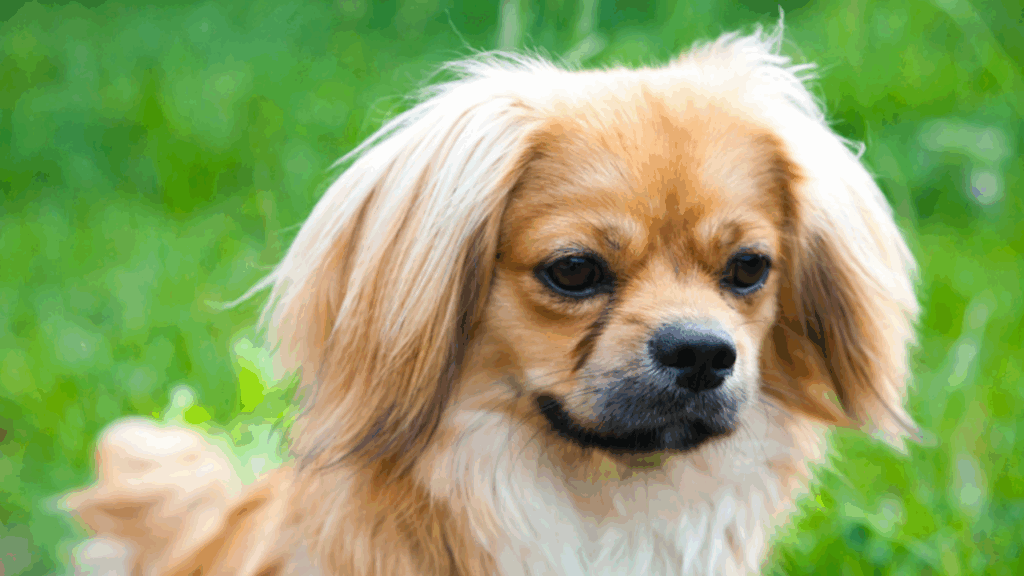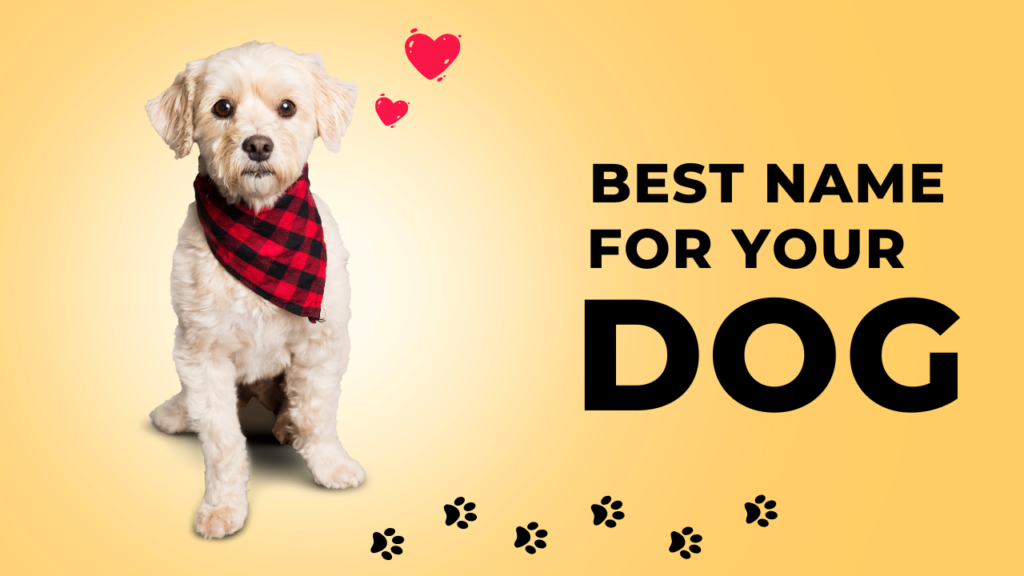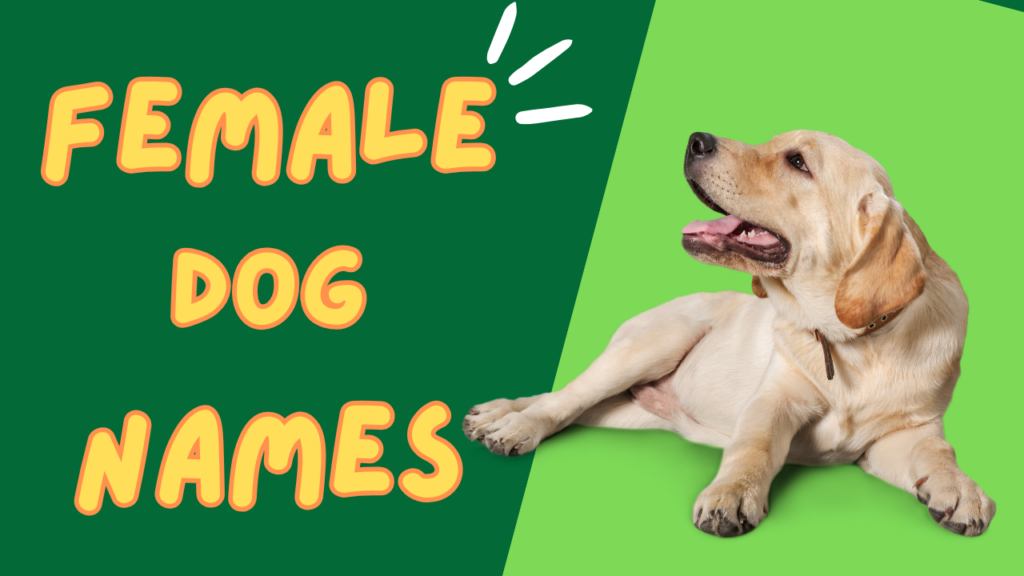The Pekingese is a small, ancient breed with a distinctive appearance and a big personality. Known for its luxurious coat, flat face, and lion-like mane, the Pekingese carries itself with an air of nobility and grace.
Originally bred as companion dogs for Chinese royalty, this toy breed has won the hearts of dog lovers worldwide. Despite their small size, Pekingese dogs are known for their confidence, loyalty, and affectionate nature.
Origins and History
The Pekingese has a rich and fascinating history that dates back over 2,000 years. Originating in China, this breed was revered by the Chinese imperial family and was often kept as lap dogs for emperors and empresses.
They were highly prized for their regal demeanor and were treated with great respect, often living in the palaces of Chinese nobility.
According to legend, the Pekingese was created when a lion and a monkey fell in love. The lion, seeking a way to become smaller and more manageable, asked the monkey for help. The monkey used its magic to shrink the lion, and the result was the Pekingese—a small but brave dog with the lion’s courage and strength.
In the 19th century, when British soldiers invaded China during the Second Opium War, they discovered the Pekingese dogs and brought them back to Europe. The breed quickly gained popularity in the West, and it was officially recognized by the American Kennel Club (AKC) in 1906.
Physical Characteristics
The Pekingese is a small but sturdy breed, typically weighing between 7 and 14 pounds. Standing about 6 to 9 inches tall at the shoulder, this dog is compact and muscular, with a distinctive flat face and long, flowing coat.
One of the most striking features of the Pekingese is its dense, luxurious coat, which comes in a variety of colors, including fawn, black, red, sable, and white.
The coat is long and flowing, requiring regular grooming to keep it looking its best. Underneath all that fur, the Pekingese has a stocky, well-boned body, and its unique lion-like mane adds to its regal appearance.
The breed’s flat face, known as a brachycephalic feature, is one of its defining characteristics. While it gives the Pekingese its cute and distinctive look, it can also lead to some respiratory issues, so owners need to be aware of the breed’s special needs when it comes to care and exercise.
The Pekingese’s eyes are dark and round, conveying a sense of intelligence and sweetness. Their ears are long and fringed with hair, further contributing to their regal appearance.
Temperament and Personality
Despite their small stature, Pekingese dogs have large personalities. They are known for being independent, dignified, and often possessive of their space. Pekingese are confident dogs who know their worth, and they have no problem showing it. They may act aloof around strangers but are deeply loyal to their families. Once they form a bond with their owner, they can be extremely affectionate and loving.
The Pekingese is often described as a “one-person dog,” as they tend to attach themselves more strongly to a single person in the household. They are very protective of their loved ones, despite their small size, and will often act as if they are much larger than they really are. This breed may bark to alert its owners to the presence of strangers, making it a good watchdog, even if it doesn’t have the physical size of one.
Pekingese are not overly energetic, preferring a more laid-back lifestyle. They enjoy short walks and indoor play but are generally content to spend much of the day lounging on their favorite cushions or in their owner’s lap. They can be a little stubborn at times, but with patience and consistency, they can be trained.
Training and Socialization
Training a Pekingese requires patience, as they are known to be a bit stubborn and independent. They are intelligent dogs, but they often prefer to do things on their own terms. Positive reinforcement methods, such as treats, praise, and play, work best with this breed. Harsh training methods or commands may make the Pekingese even more defiant.
Early socialization is crucial for the Pekingese to ensure it is well-adjusted and comfortable around other dogs, pets, and new environments. Although they tend to be reserved with strangers, they generally get along well with other dogs and pets if they are introduced properly. Their small size and calm demeanor also make them suitable for apartment living.
Grooming and Health
One of the main care requirements for the Pekingese is grooming. Their long, flowing coat needs to be brushed at least two to three times a week to prevent tangles and mats. Regular bathing is also recommended to keep their coat clean and healthy. Additionally, their face should be cleaned regularly to prevent tear stains, a common issue for breeds with flat faces.
The Pekingese is a brachycephalic breed, meaning it has a flat nose and shortened airways, which can cause breathing difficulties, particularly in hot or humid weather. It’s essential to keep the dog cool and prevent overexertion to avoid respiratory distress.
Like many small breeds, Pekingese can be prone to dental issues, so regular brushing of their teeth is important to maintain good oral hygiene. They also need regular check-ups with the vet to monitor their overall health.
Conclusion
The Pekingese is a regal and endearing companion that brings both charm and character to any home. With their loyal and affectionate nature, they are ideal pets for people who are looking for a dog with a big personality in a small package. While they may have a reputation for being a bit independent, Pekingese form deep bonds with their owners and are capable of bringing warmth and joy to any household.
Their unique appearance, combined with their lovable temperament, makes them a wonderful choice for people who appreciate the finer things in life—both in terms of dog companionship and the elegance this ancient breed brings.

Andy Parker is a dog lover, writer, and senior editor at BarkPicks. With years of experience covering canine health, training, and gear, he helps pet parents make smarter choices for happier, healthier dogs. Andy shares his home (and heart) with two rescue pups, Charlie and Mia.



